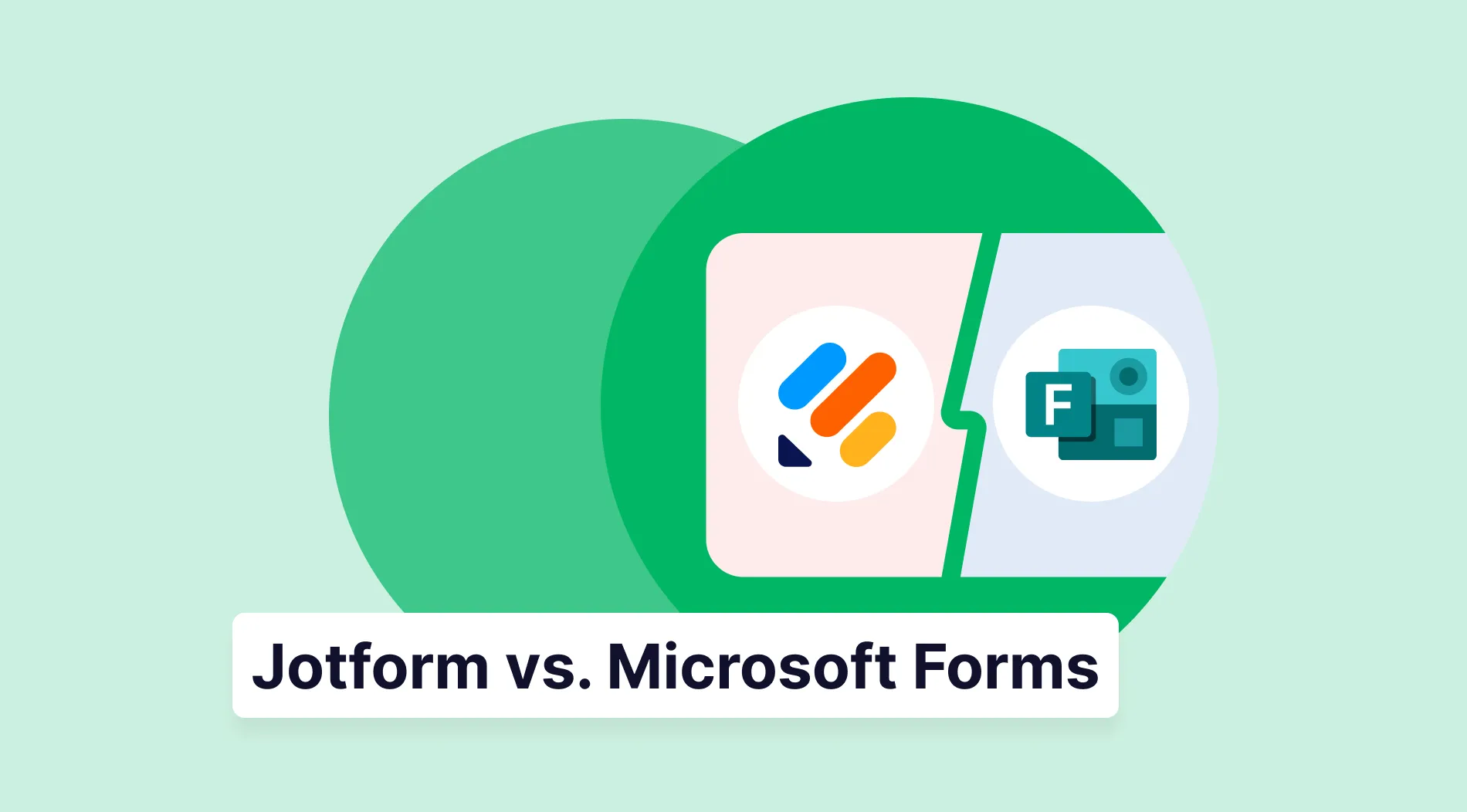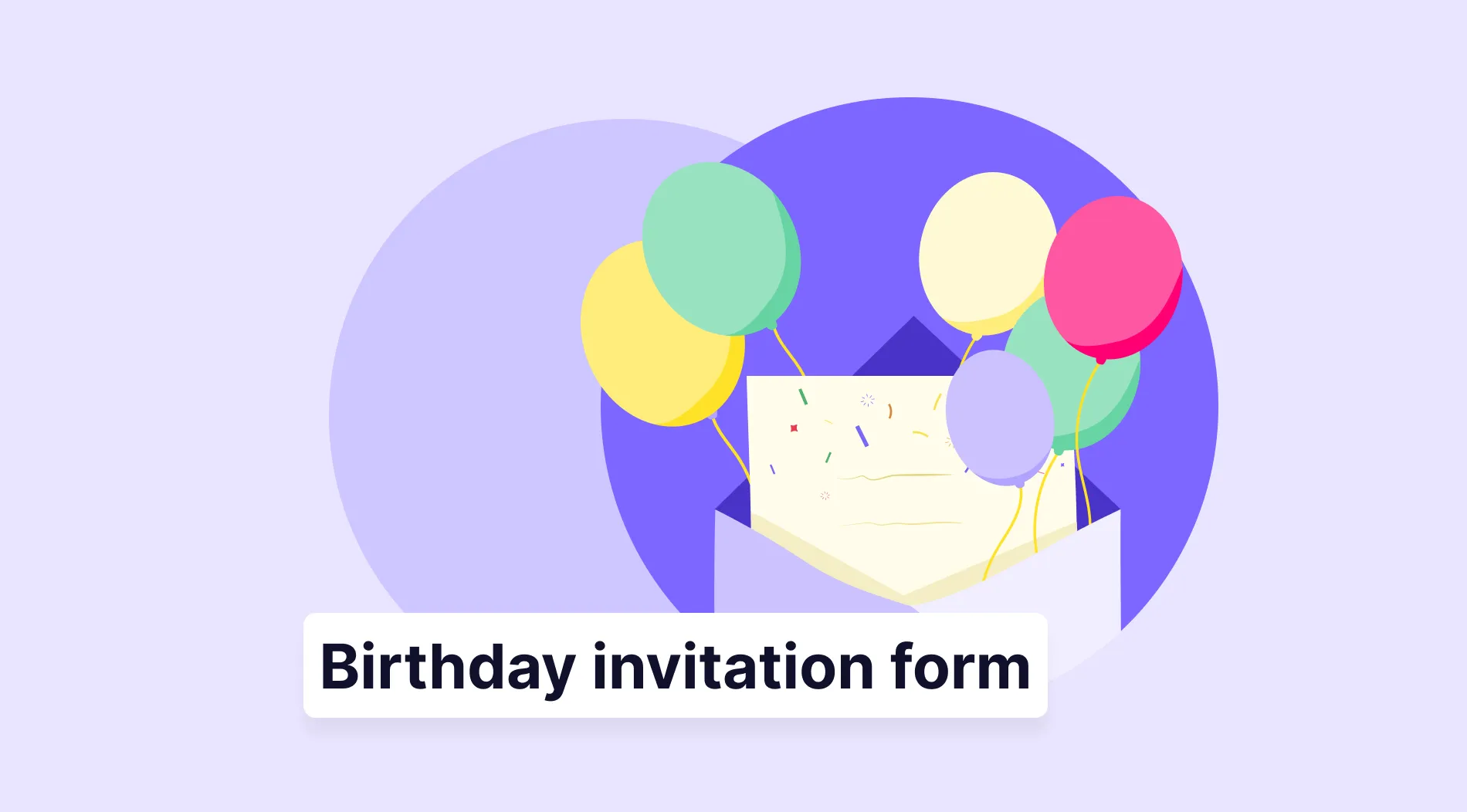If any business wants to survive and thrive for the long haul, meeting customer needs must be foundational. Nothing can ruin a business faster than a lack of customer satisfaction. Especially when that makes its way online in the form of a low-star review.
Meeting customer needs is a big deal and it does help the bottom line. Companies that focus on a great customer experience are 60% more profitable than ones that don’t.
But meeting your customers’ needs means more than helping solve their problems by purchasing your product or service.
That’s only the starting point.
Providing a great customer experience is a daily activity that helps become better aligned with your products and services and, most importantly, your brand–who you are as a company.
If you’re looking to learn how to recognize and meet customer needs, you’re in the right place. In this post, we’ll discuss why and how you need to identify customer needs, the different types of needs customers have, and seven effective methods to meet those needs.
Why you need to identify customer needs
Because customers expect it and deserve it, according to Salesforce, over 66% of customers expect companies to understand their needs and expectations. But 66% of customers also say they are treated like a number, not a person.
The bottom line is that identifying customer needs, either with comprehensive customer loyalty programs or simply engaging with them, honors your customers. It communicates that you value them for them–not because of what they can do for you. Second, it builds trust. And trust, over time, builds loyalty to your company.
When you talk about customer needs with your team, it helps ensure you will meet their expectations (and maybe even exceed them!). Then when you understand your customers’ needs, you will have the information necessary to build a long-lasting relationship with them.
This allows you to:
- Provide faster solutions: Because you’ll be attuned to your customer’s expectations, you will be ready with real-time support when they need it.
- Improve your products/services: Your success depends on your unique selling proposition (USP). However, what sets you apart is not your product or service but how you engage and treat your customers.
- Reduce costs: Regularly meeting customer needs means you’ll improve your support case study database. That translates to anticipating the problems of future customers before they even contact you. You’ll spend less time on support calls, chats, or emails and more time in other critical areas.
Types of customer needs
There are two broad categories of customer needs: product and service needs. Let’s take a look at each one and the specific types of needs within each.
Product needs
Product needs, as the name implies, deal with your specific product. The main customer questions and expectations around a product are:
- Price: Is the product reasonably priced, and will it fit in the customer’s budget?
- Features: Does the product have features that will solve your customer’s pain points?
- Effectiveness: Does the product save your customer time and money by providing a better process, system, etc.?
Service Needs
Service needs, on the other hand, refer to the emotional needs of your customer. In the same Salesforce study referenced above, 68% of customers expect companies to demonstrate empathy. This is the right thing to do. But it will also give you a competitive edge.
Meeting service needs includes:
- Listening: You take time to understand what your customer is saying and also what they are not saying.
- Empathy: You have an attitude of tenderness, patience, and compassion when they express their pain points without making them feel stupid.
- Clarity and simplicity: You don’t complicate things. Instead, you communicate with sincerity and without technical jargon.
7 Effective Methods to Identify and Meet Customer Needs
1 - Create a culture of care
The first step to identifying and meeting customer needs isn’t a step as much as it is a company-wide philosophy. You must create a culture of care.
From the CEO down to the person on the customer support line, everyone must believe that customer relations are vital to the success of the company.

Create a culture of care
It’s important to note that having a culture of care does not mean the old cliché, “The customer is always right,” is true. We can all agree that the customer is not always right. To be sure, the customer is not always right in how they treat your employees, especially if they are aggressive or even abusive.
A culture of care means you prioritize the relationship with your customer over being “right.” So even when a customer is wrong or rude or disrespectful, your team treats the customer with gentleness, respect, and self-control. Of course, solving their problem is important. But when they are wrong and agitated, you’ll want to guide them to see the right answer for themselves.
How you solve the problem says more about your company than anything else. That’s what a culture of care is all about.
2 - Surveys
Surveys are probably the easiest and most effective method for identifying and meeting customer needs. Surveys give you the ability to directly ask customers what they need, want, and expect.
You can use email marketing software or a survey service like forms.app to reach your customers. With marketing software, you can segment your ideal audience based on specific demographics or purchase patterns.
Another survey method with your customers is using a thank you page after they download a free guide or demo. On your thank you page, ask them a couple of questions about what they are looking for, where they need help, or what problem they’re trying to solve with your product.

Use online surveys
While surveys are straightforward, you can organize interviews and focus groups with customers either in person or on video calls to go even deeper.
The insights your customers provide through surveys, interviews, or focus groups will be a game changer when you seek to improve your product or the messaging around your product.
Another benefit of including surveys in your strategy to meet customer needs is you get to have a list of positive reviews from some of your most loyal customers. You can do this by including a question at the end of the survey that asks for a summary review.
This works especially well for SaaS businesses that provide personalized services to a small group of clients. This could mean agencies that manage and track Search Engine Optimization, content marketing companies, content distribution agencies, etc.
3 - Enhance your USP
As we mentioned above, your USP (Unique Selling Proposition) is what you want to do better than anyone. It’s that characteristic of your product that says, “Hey, this is what makes me different,” when customers compare it to the competition.
But it’s more than that. Your USP is the intersection of what makes you stand out and what your customers want.
This means your USP is not simply your product. Consider using bulk email softwares and email marketing platforms. There are hundreds of email marketing services out there.
So how can you enhance your USP?
- Listen to your customers (surveys!): This will do more than anything to improve your USP so that it truly stands out in the crowd. That’s hard work, but it’s worth it in the end.
- Research your competition: What’s unique about their product? Is it giving them what your customers have been telling you? To answer these questions, you need to conduct a careful evaluation with the help of analytics tools and create a marketing dashboard with research results to keep everything in one place.
- Compare your most unique observations to your customers’ needs: Do you know potential customer pain points they (or even your competition) haven’t recognized yet?
4 - Create buyer personas
Gathering data through surveys, interviews, info groups, and focusing on your USP will help you create buyer personas. A buyer persona is a fictional person who represents a segment of your target audience.
You may wonder why doing this will help you identify and meet customer needs. After all, you’re already selling! You should consider creating buyer personas to ensure that all of your marketing activities are geared toward serving your customers and that your product is tailored to their actual needs–not what you think they need.
Creating buyer personas also helps you avoid customers you don’t want. Could there be such a thing? Yes. These could be customers who are too demanding in their expectations for the product, service, or price.
5 - Map your customer journey
An effective way to meet customer needs is to identify different customer touchpoints and how customers interact with you at those times. A touchpoint is a customer’s specific interaction with your brand during the sales process.
You can map your customer journey visually to help you see what they experience as they encounter and consider your products or services.
To do this, simply outline the various stages of the customer journey (awareness, consideration, decision, etc.). List out the touch points customers have with you along that timeline and what activity the customer engages in at each point. For example, in the awareness stage, they may see a social media post about your product.
Once you have this framework, your customer care team can track the customer’s experience throughout. You’ll be able to identify and meet customer needs across the whole journey which results in comfort and trust, ultimately building a loyal customer.
6 - Pay attention to your competition
We’ve mentioned this throughout this article, but here we’ll especially note how your competition views and engages their customers.
Take some time to spy out your competition and view them as if you were their customer. What survey questions do they ask after a free download? How easy is it to find their contact info and contact them? Do they have a feedback section? If you talk to a live person, what was their tone?
If you go through their customer journey, ask yourself, “What was different than your process? What was better, worse, or the same? What aspects surprised me or frustrated me?”
7 - Maintain regular communication
One of the most common frustrations customers experience is a communication breakdown. In one UK study, two-thirds of customers said their top complaint was having to repeat themselves to different people. Nearly 50% expressed frustration because of a lack of being able to get in touch with anyone.

Maintain Regular Communication
If you can’t have one customer support representative for one customer throughout the entire journey, that means you must communicate incredibly well internally. And if there aren’t easy ways for your customer to get a hold of you, well, then you need to go back to the first method on this list.
Here are some keys to providing top-notch communication to your customers:
- Make it easy to connect: Develop multiple layers of communication methods across all your channels and platforms.
- Train your customer service team: Make sure they practice proper customer care etiquette. More than that, make sure they truly believe the customer is worthy of being cared for and valued.
- Provide real-time assistance: Setting up an online chat is the easiest way to do this, but you can also be sure to have someone available 24/7 on the phone if it’s appropriate for your industry.
- Protect the brand: Keep all your communication consistent relative to your brand strategy. This displays unity, organization, and professionalism.
Wrapping It Up
Your business exists because of your customers. So you must identify and meet their needs. That can feel daunting, but it’s not rocket science. It requires listening, observation, receiving feedback, and being willing to adapt quickly. With a bit of intentionality and effort, you’ll begin to see tremendous customer satisfaction.
When you deliver that excellent customer experience, you’ll set yourself apart from the competition, build a loyal customer base, and set your business up for long-term success.


